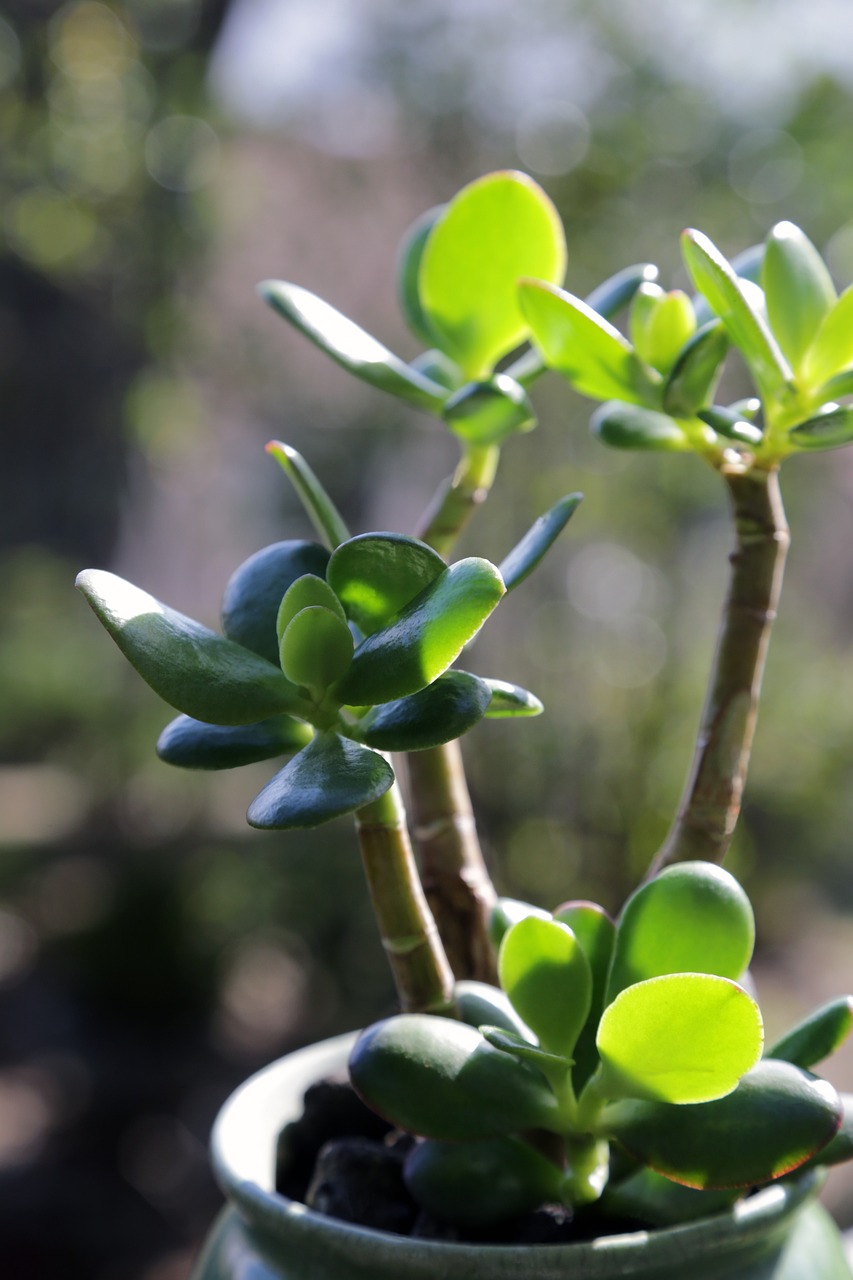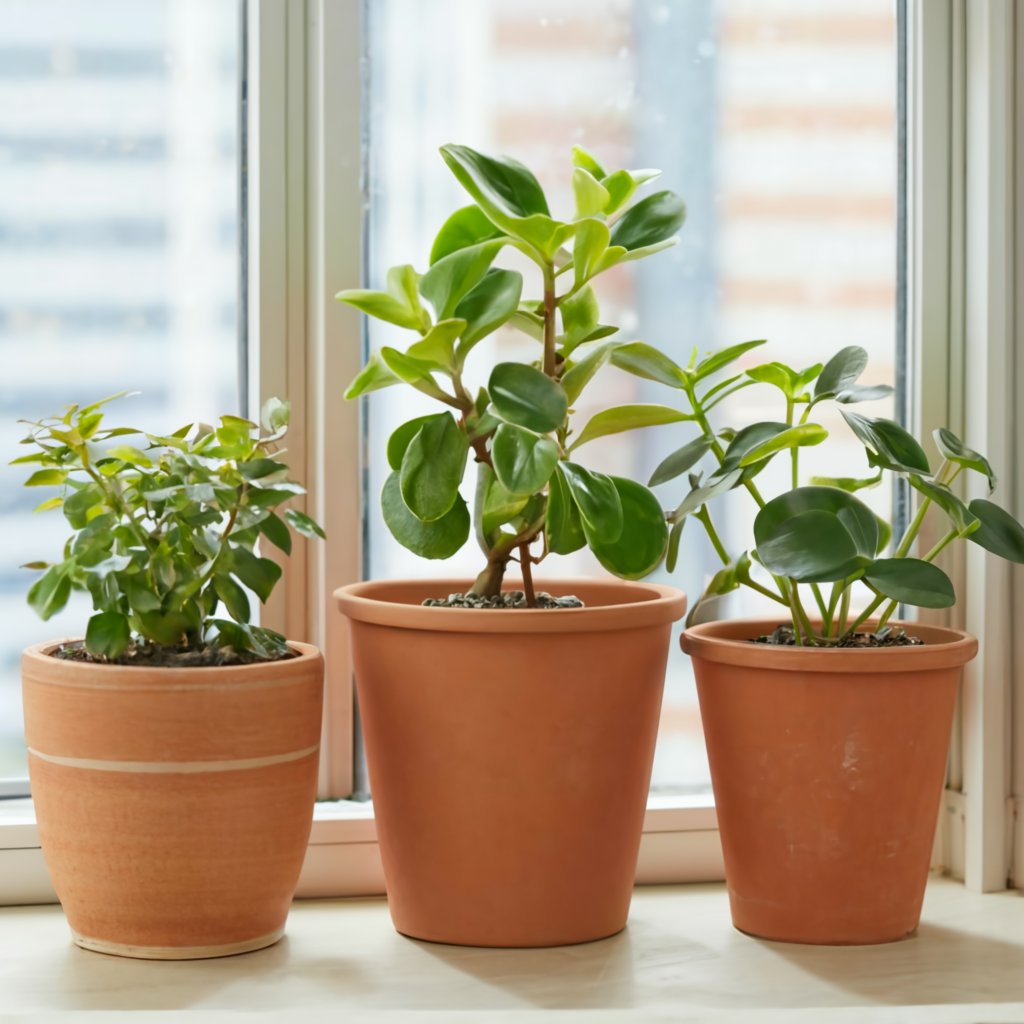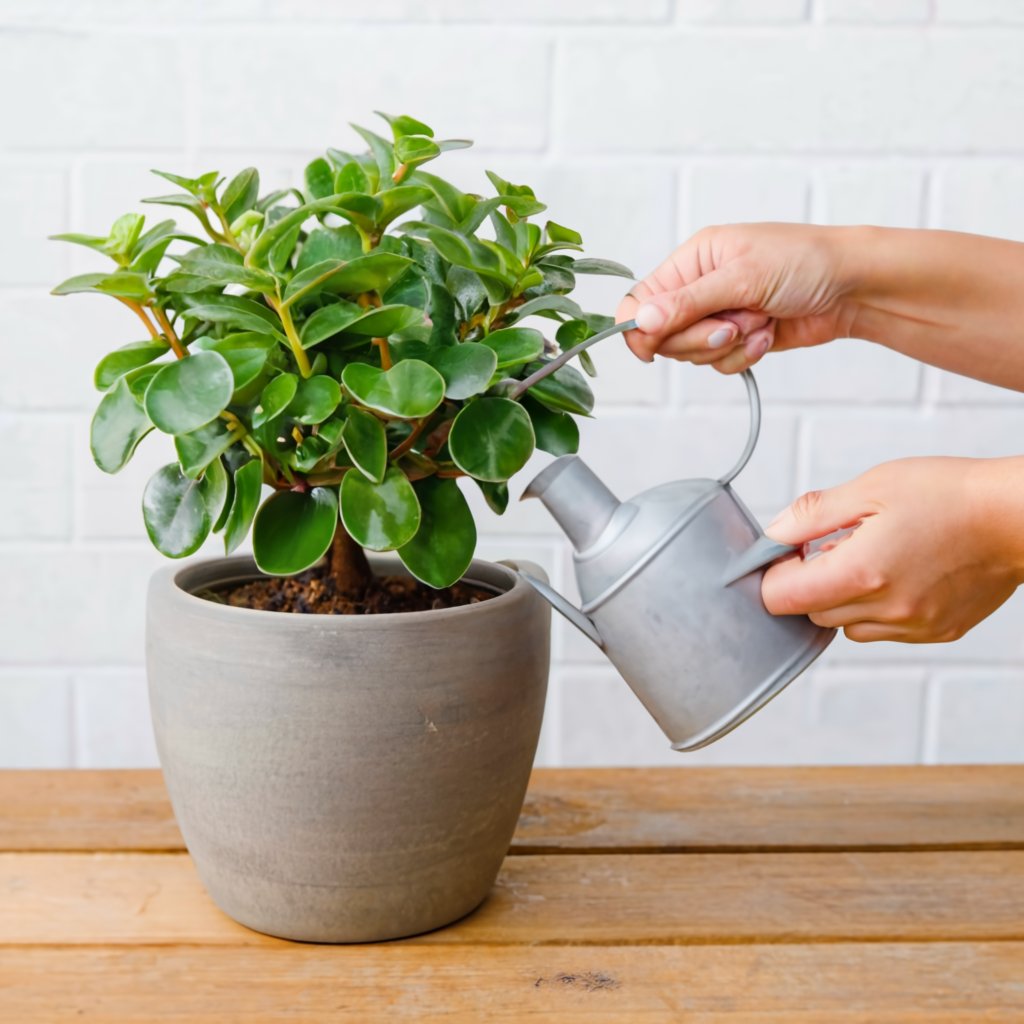The jade plant, with its plump, emerald leaves and air of quiet resilience, is a favorite amongst beginner plant parents. Often gifted for their supposed luck-bringing properties, these little green wonders hold a secret – they’re incredibly easy to care for! But before you unleash your inner botanist, brushing up on some basic jade plant care can ensure your new leafy friend thrives for years to come.
This post may have affiliate links. This means that sometimes when you click a link on our site and make a purchase on Amazon, we may earn a small commission at no additional cost to you. We only recommend products we truly believe in, and your support helps keep us running!

Unveiling the Jade Plant: A Succulent Superstar
The jade plant, also known as Crassula Ovata, is a succulent native to South Africa. Succulents, by definition, are plants with thick, fleshy leaves that store water. This adaptation allows them to survive in dry climates, making the jade plant perfectly suited for forgetful waterers (we’ve all been there!). With proper care, your jade plant can transform into a captivating miniature tree, boasting glossy leaves and even clusters of delicate white or pink flowers during the cooler months.
Setting the Stage for Success: Light, Location, and Potting

Just like any houseplant, happy jade plants start with the right environment. Here’s how to create a haven for your new succulent companion:
- Light It Up: Jades are sun worshippers, craving bright, indirect sunlight for at least 4-6 hours a day. South-facing windows are ideal, while east or west-facing ones work well too. Avoid harsh afternoon sun, which can scorch the leaves. Feeling the leaves? If they’re getting warm, it’s too much direct sun.
- Location, Location, Location: Jades appreciate warmth, thriving in temperatures between 65°F and 75°F (18°C and 24°C). Avoid drafty areas or sudden temperature fluctuations, which can stress the plant. During the summer, you can even take your jade plant outside for a breath of fresh air, placing it in a shaded location.
- Finding the Perfect Pot: Drainage is key! Choose a pot with drainage holes at the bottom to prevent water from pooling around the roots, which can lead to rot. Terracotta pots are excellent choices as they allow for good air circulation. The size of the pot should be just slightly larger than the root ball of your jade plant.
The Art of Watering: When Less is More

One of the biggest mistakes new plant owners make is overwatering. Remember, your jade plant is a champion of drought tolerance. Here’s how to master the art of strategic watering:
- The Finger Test: This simple trick can save your plant from disaster. Stick your finger into the soil – if the top inch feels dry, it’s watering time. If it’s still moist, hold off for a few more days.
- Soak and Dry: When watering, drench the soil thoroughly until water runs out the drainage holes. This ensures all the roots get a good drink. Then, allow the soil to dry out completely before watering again.
- Seasonal Shifts: During the winter months, when your jade plant is in its dormant phase, water even less frequently. Think about how little rain falls in a desert during winter – that’s the kind of watering schedule your jade is craving.
Feeding Frenzy: A Balanced Approach to Fertilizer
Jade plants are naturally slow growers and don’t require frequent feeding. In fact, too much fertilizer can harm the plant. Here’s a fertilizer regimen that will keep your jade happy and healthy:
- Spring Awakening: As spring arrives and your jade plant starts to show signs of new growth, a light application of a balanced, diluted fertilizer designed for succulents is beneficial.
- Summer Simplicity: During the hot summer months, hold off on fertilizing altogether. Your jade plant is focusing its energy on staying cool and hydrated, and fertilizer can be disruptive during this time.
- Winter Slumber: With winter comes dormancy, and fertilizing should cease completely.
The Art of Pruning: Shaping Your Jade Masterpiece
Jade plants readily respond to pruning, allowing you to control their growth and create a beautiful, bushy form. Here are some tips for a successful pruning session:
- Snip, Snip, Hooray!: Use sharp, sterilized pruning shears to remove leggy stems, unwanted branches, or any dead or diseased leaves.
- Shape Up!: Pruning encourages new growth, so don’t be afraid to experiment! You can prune to a desired height, create a bushier appearance, or even train your jade plant into a whimsical bonsai-like shape.
- Leaf it to the Experts: If you’re feeling nervous about major pruning decisions, don’t be afraid to start small. Remove a few leaves here and there, and observe how your plant reacts. You can always prune more later!
Jade Jewels: Encouraging Blooms and Dealing with Common Issues
While not a guarantee, with proper care, your jade plant might surprise you with a delightful display of star-shaped white or pink flowers during the fall or winter. If you see flower buds forming, enjoy the show! Flowers don’t require any special treatment and will eventually fade on their own.
Common Concerns and How to Deal with Them:
- Droopy Leaves: This is usually a sign of underwatering. Give your jade a good soak and it should perk up within a day or two. However, chronically limp leaves can also indicate root rot from overwatering. If this is the case, you may need to repot your jade plant into fresh, well-draining soil.
- Stretched Stems and Pale Leaves: This is a sign your jade plant isn’t getting enough light. Move it to a brighter location or consider supplementing with grow lights during the winter months.
- Mealybugs: These tiny, white, cottony insects can infest your jade plant. You can remove them by dabbing them with rubbing alcohol on a cotton swab. For larger infestations, insecticidal soap or neem oil spray might be necessary.
The Joy of Propagation: Sharing the Jade Love
One of the greatest joys of owning a jade plant is its ease of propagation. You can create new jade plants from leaf cuttings, stem cuttings, or even air layering. This makes them perfect gifts for friends and family, allowing you to share the joy of your flourishing succulent companion. There are many online resources and tutorials available to guide you through the propagation process.
